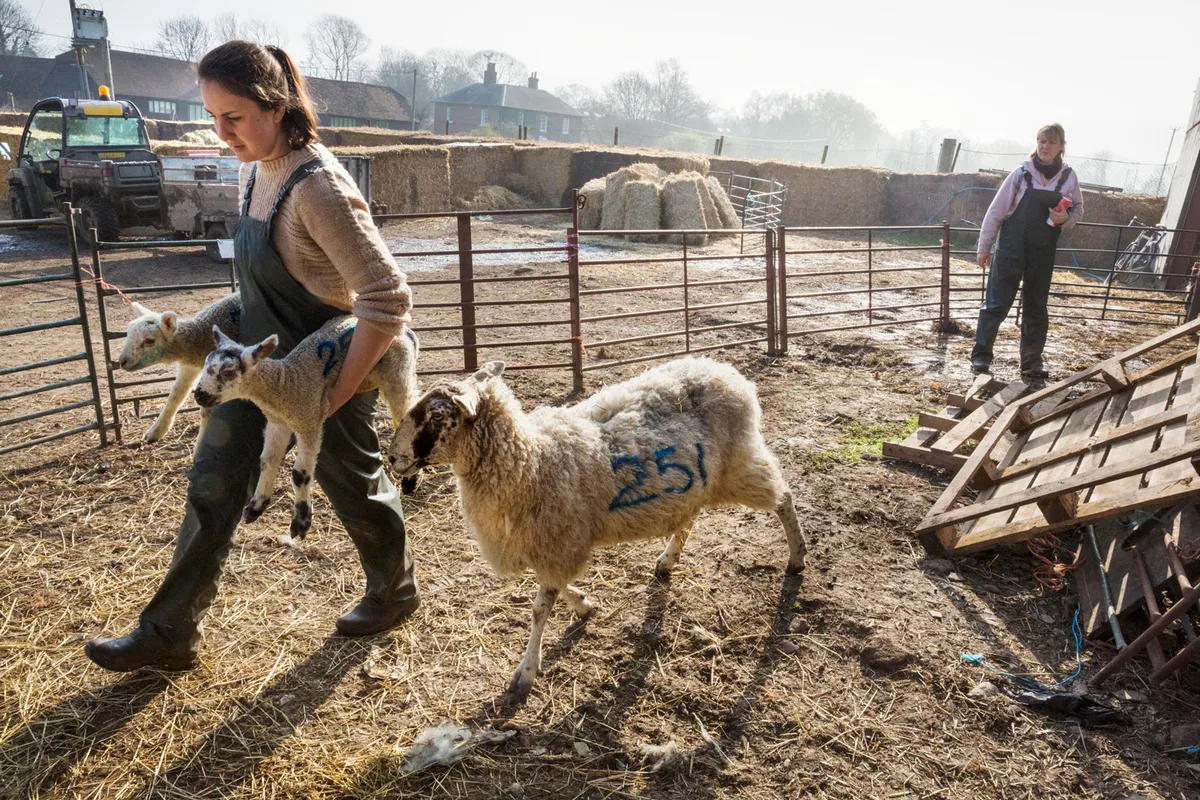The gender pay gap figures, published this spring, didn’t contain many surprises. Basically, women nationwide are paid less than men: about 14% less on average across all the sectors.
But there were some curiosities. One was how little the gender pay gap has to do with physical strength – the widest gaps were in industries where muscle would appear to be irrelevant, such as banking and technology.
For this sort of national survey, agriculture, forestry and fishing are lumped together into a single sector and the collective pay gap was only just over the national average at 15%. I don’t mind confessing that I was surprised. I had assumed that these are heavily male-dominated industries with old-fashioned, somewhat-macho cultures, even though in February this year the National Farmers Union elected its first woman president: Minette Batters, a beef farmer from Wiltshire. So I thought I would take a closer look at myself and at the figures.
The first thing to say is that the whole survey is a pretty blunt instrument, especially when it comes to agriculture, because only businesses with more than 250 employees are obliged to participate. And although there are some large businesses in agriculture, farming on the whole is dominated by smaller units.

There are about 212,000 farms in the UK, ranging in size from under 20 to over 100 hectares and I doubt that many, if any, of them employ that many workers. Farming overall employs just under half a million people, which works out at little more than two per farm, so there could be a massive but invisible disparity. It should also be noted that two of the largest employers in this sector, the Forestry Commission and Forestry Commission Scotland, have an impressively good record. They employ more men than women, but the women are fairly evenly spread across the wage bands (they’re not all stuck in the worst-paid quartile) and both organisations report a pay gap of less than 1.5%. Obviously this improves the average across the whole sector.
Reality versus romance
The number of women running farms has increased quite rapidly over the past decade. There are now over 25,000 women farmers in charge of over 10% of UK farms, and female students outnumber male students in our agricultural colleges.
And yet, the farmer in my head is still male, which is surprising, especially as I know that elsewhere this isn’t the case (over 60% of productive farming in sub-Saharan Africa and in large parts of Asia is undertaken by women).
Much of it, I’m sure, comes from childhood – when we sang “Old MacDonald had a farm, e-i-e-i-o”, it was definitely John, not Mary, MacDonald that we sang about. Also, we have no feminised word for farmer: we have shepherdess along with actress, duchess and princess, but no farmeress. This ought to make it easier to realise that the woman you see driving a tractor, herding stock or, these days, sitting at her computer doing the cow passports is the farmer, not the farmer’s wife. But perhaps without a feminised title, she remains invisible.
I think that many of us carry a romanticised idea about farming and farmers from childhood and simply don’t know enough about the reality. Perhaps we don’t want to know: we like the idea of the farmer on the hill and his wife in the kitchen, representing old-fashioned values. We’re still a very sexist culture.
